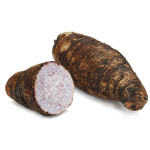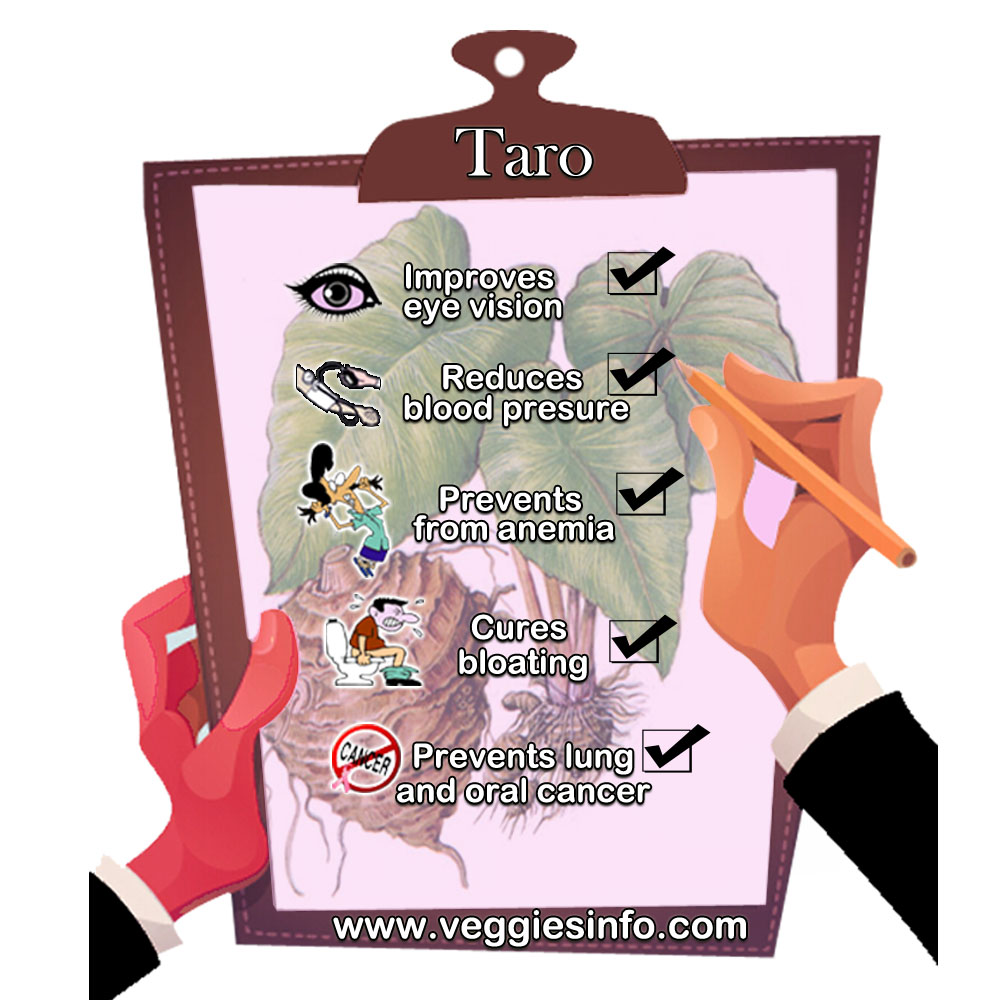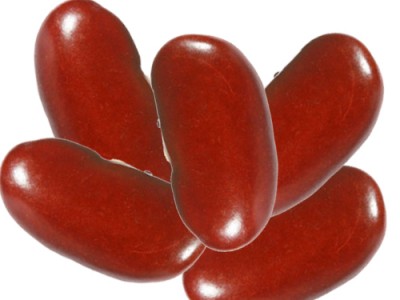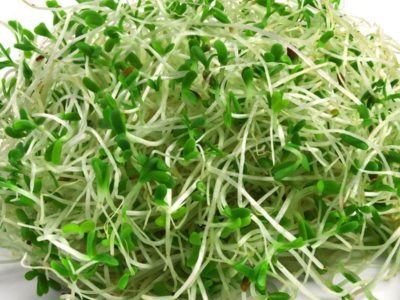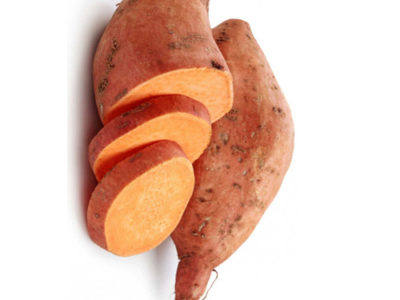
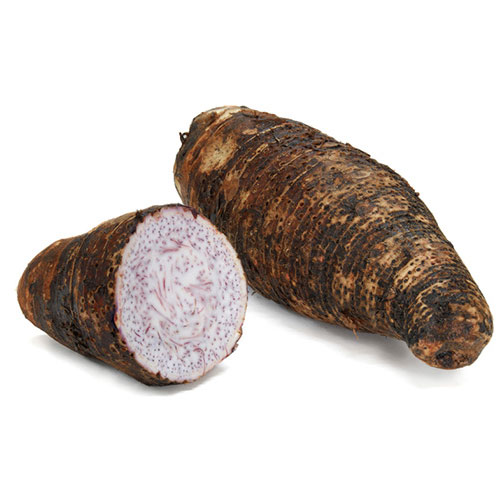
Taro Various Uses and Benefits
Taro
Botanical gardens houses hundreds of ornamental plants and sky-tall trees. Mind and body will relax completely when the people enter these gardens. There are hundreds of botanical gardens in the world and every garden will have its own beauty. The world’s best botanical garden is in Rio de Janeiro, Brazil which houses more than 6500 species. This 140-hectare garden lies at the foot of the Corcovado Mountain. The name of the garden is Jardim Botanico. This topic will deal with a tropical plant named Taro which belongs to the wetlands of Malaysia. The botanical name of this plant is Colocasia esculenta. The other common names of this plant are eddoes, arvi, gaderi, gabi, talas and dasheen.
Way Of Cultivation
This plant is cultivated for its edible starchy corms and leaves. This vegetable which is a native of Malaysia was also cultivated in wet tropical India before 5000 BC. Then it was further transported to Egypt. Greeks and Romans described this as an important crop. A variety of this plant is a native of Australia.
This plant is also called as elephant ears when it is grown as an ornamental plant since the leaves looks like elephant ears. Taro can be grown in paddy fields where water is abundant or in upland situations where water is supplied by rainfall or supplemental irrigation. Taro is one of the few crops that can be grown under flooded conditions. This is due to air spaces in the petiole, which permit underwater gaseous exchange with the atmosphere.
Uses
- The corms are roasted, baked or boiled, and the natural sugars give a sweet flavor.
- The corm is easily digestible and so the people use this plant as baby food.
- Young taro leaves and stems can be eaten after boiling twice to remove the oxalic acid.
- The leaves are a good source of vitamins A and C and contain more protein than the corms.
- This corm is very famous and popular in India and many south Indians use this corm in their day to day cuisines.
- Most of the countries in the world like Vietnam, West Indies, Venezuela, Hawaii, USA, Turkey, Trinidad, Tobago, Tonga, Thailand, Suriname, Sri Lanka, South Korea, Samoa and Polynesia use this corm in different ways and call it in different names.
| Principle | Nutrient Value | Percentage of RDA |
|---|---|---|
| Energy | 112 Kcal | 6% |
| Carbohydrates | 26.46 g | 20% |
| Protein | 1.50 g | 3% |
| Total Fat | 0.20 g | <1% |
| Cholesterol | 0 mg | 0% |
| Dietary Fiber | 4.1 g | 11% |
| Vitamins | ||
| Folates | 22 µg | 5.50% |
| Niacin | 0.600 mg | 4% |
| Pantothenic acid | 0.303 mg | 6% |
| Pyridoxine | 0.283 mg | 23% |
| Riboflavin | 0.025 mg | 2% |
| Thiamin | 0.095 mg | 8% |
| Vitamin A | 76 IU | 2.50% |
| Vitamin C | 4.5 mg | 7% |
| Vitamin E | 2.38 mg | 20% |
| Vitamin K | 1 µg | 1% |
| Electrolytes | ||
| Sodium | 11 mg | <1% |
| Potassium | 591 mg | 12.50% |
| Minerals | ||
| Calcium | 43 mg | 4% |
| Copper | 0.172 mg | 19% |
| Iron | 0.55 mg | 7% |
| Magnesium | 33 mg | 8% |
| Manganese | 0.383 mg | 1.50% |
| Selenium | 0.7 µg | 1% |
| Zinc | 0.23 mg | 2% |
| Phyto-nutrients | ||
| Carotene-ß | 35 µg | — |
| Carotene-α | 0 µg | — |
| Cryptoxanthin-ß | 20 µg | — |
| Lutein-zeaxanthin | 0 µg | — |

